Car spotting, once a niche hobby reserved for a select group of automotive enthusiasts, has rapidly evolved into a global phenomenon. Thanks to social media and digital platforms, car spotting has gained mainstream popularity, drawing in millions of fans worldwide who are eager to capture and share images of rare and exotic vehicles. The rise of this trend can be attributed to several factors, including technological advancements and cultural influences, which have collectively amplified the allure of car spotting to a diverse audience.
The Rise of Social Media
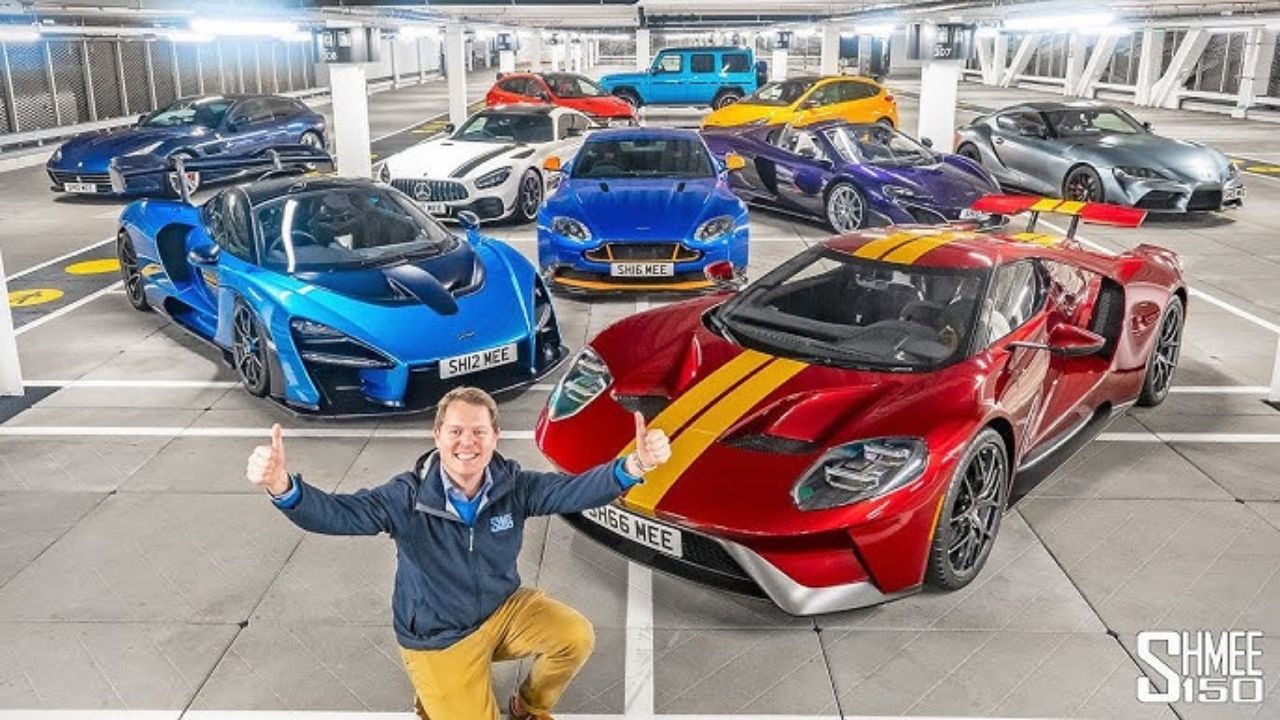
Instagram and YouTube have played pivotal roles in popularizing car spotting, transforming it from a hobby into a cultural movement. Enthusiasts utilize these platforms to share high-quality images and videos of rare cars, reaching global audiences instantly. Influencers like Shmee150 and Supercar Blondie have amassed millions of followers by regularly posting engaging content that showcases exotic car collections and road trips. These platforms provide an interactive experience, allowing fans to comment, like, and share, thereby creating a sense of community among car enthusiasts globally.
Social media has not only created global communities of car enthusiasts but has also democratized access to car culture. Before the advent of these platforms, car spotting was often limited to those who could physically attend car shows or lived in areas where exotic cars were more common. Now, anyone with an internet connection can participate in the culture by following hashtags like #carspotting or #supercars. This shift has led to a more inclusive community where knowledge and excitement about cars are shared universally, bridging gaps across geographies.
The influence of viral content and influencers in shaping trends cannot be understated. Viral videos of supercars revving their engines or participating in spontaneous street races can garner millions of views, further amplifying the interest in car culture. Influencers often set trends by featuring specific car models or brands, which in turn influences what fans seek out and capture. This cycle of content creation and consumption fuels the continuous growth of car spotting as a popular hobby.
Technological Advancements
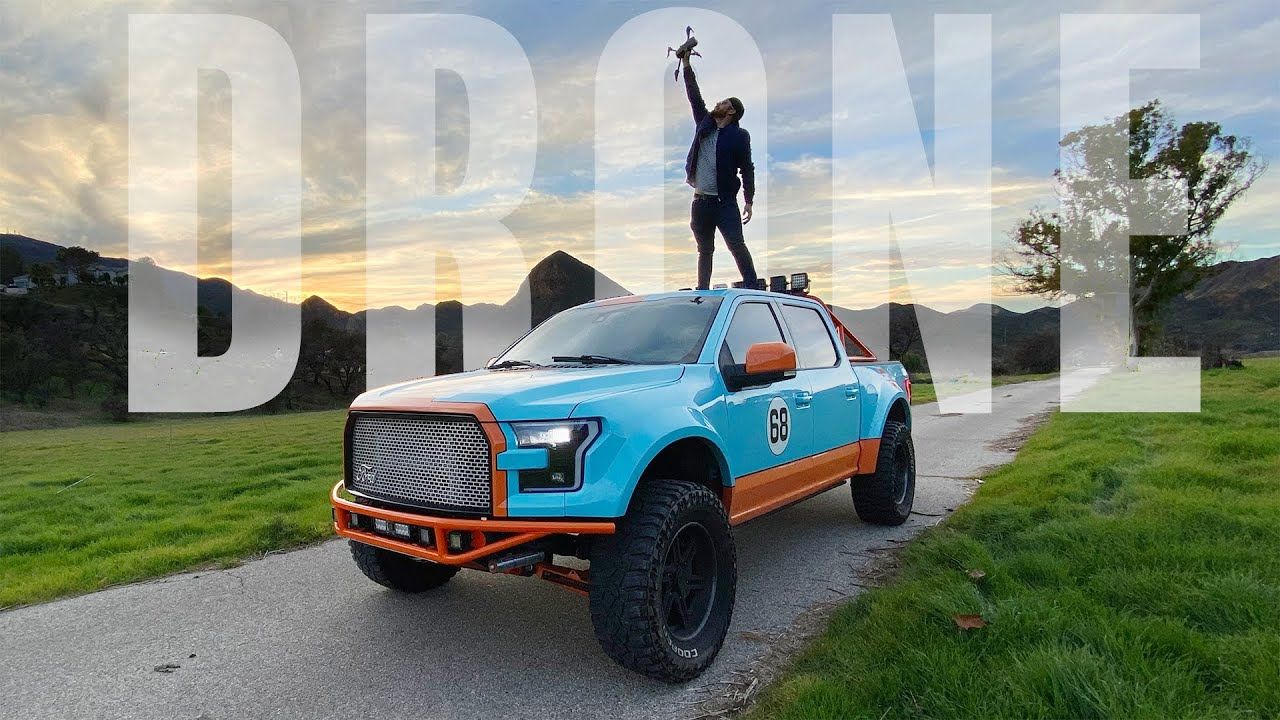
The rapid advancement of smartphone cameras has significantly impacted car spotting, making it more accessible than ever before. Modern smartphones are equipped with high-resolution cameras capable of capturing stunning images and videos, allowing anyone to document and share their car spotting adventures. This accessibility has lowered the barrier to entry, enabling a wider audience to participate in capturing and sharing the beauty of rare cars.
Beyond smartphones, the use of drones and other technological tools has revolutionized how car footage is captured. Drones provide unique aerial perspectives that were previously impossible to achieve, offering dynamic footage of cars in motion or parked in picturesque settings. Enthusiasts utilize these tools to create compelling content that stands out on social media platforms, further enhancing the appeal of car spotting as a creative pursuit.
Online platforms and apps dedicated to car spotting, such as CarSpotter and Spotted Cars, have also contributed to the hobby’s growth. These platforms offer users the ability to log sightings, share locations, and connect with other spotters. They serve as centralized hubs for car spotting enthusiasts, fostering community engagement and allowing for the exchange of tips and information on where to find the most exotic cars.
Cultural and Economic Factors
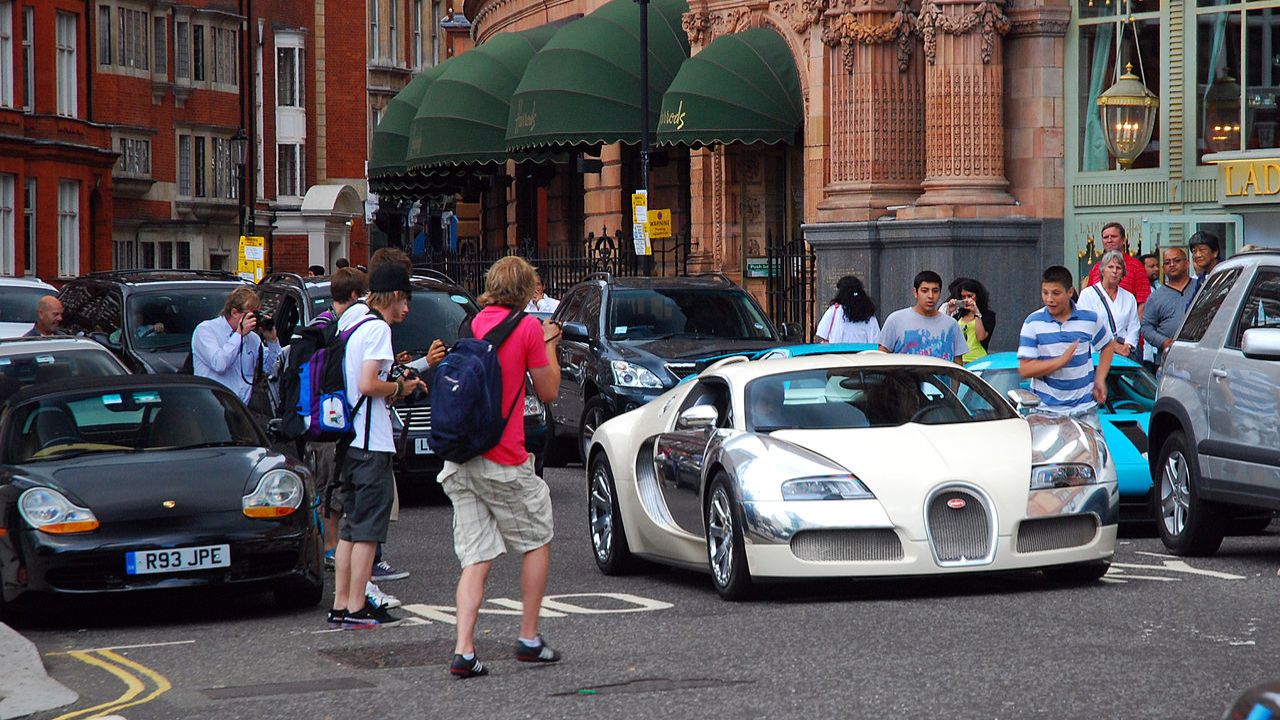
The aspirational allure of luxury and exotic cars is a significant driving force behind the popularity of car spotting. These vehicles symbolize wealth, status, and engineering excellence, capturing the imagination of enthusiasts worldwide. Car spotting provides an opportunity for individuals to connect with these symbols of aspiration, even if only through a lens, fueling their passion and interest in the automotive world.
Car culture varies significantly across different parts of the world, influencing how car spotting is perceived and practiced. In places like Dubai and Monaco, where luxury cars are more prevalent, car spotting is a common pastime, with enthusiasts regularly gathering in popular areas to catch a glimpse of the latest supercars. Conversely, in regions where such vehicles are less common, spotting a rare car can be an exhilarating experience, often leading to increased social media sharing and engagement.
Economically, car spotting has had a positive impact on tourism and local businesses. Cities known for their car culture, such as Los Angeles and London, attract tourists eager to partake in car spotting activities. Local businesses, including cafes and restaurants near popular car spotting locations, benefit from increased foot traffic as enthusiasts gather to socialize and share their experiences. This symbiotic relationship between car culture and local economies underscores the broader impact of car spotting as more than just a hobby.
Events and Gatherings
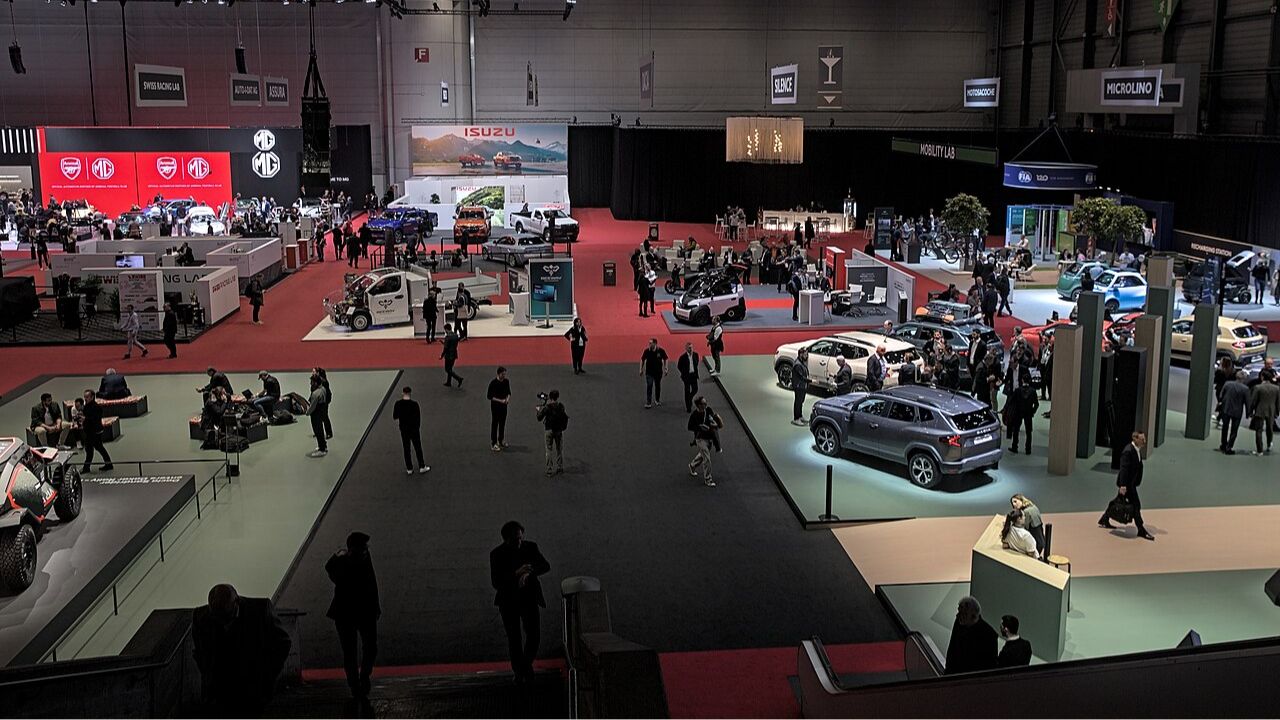
Car shows and automotive events have long been significant aspects of car culture, providing enthusiasts with the opportunity to see rare vehicles up close and interact with other fans. Events like the Geneva International Motor Show and the Pebble Beach Concours d’Elegance draw thousands of attendees, many of whom participate in car spotting as a key part of the experience. These events often feature limited-edition models and concept cars, offering a unique opportunity for enthusiasts to capture exclusive content.
Car spotting has become an integral aspect of these gatherings, with attendees often filming their encounters with rare cars and sharing them online. The excitement of potentially spotting a new or rare model adds an element of anticipation to these events, further enhancing the overall experience for participants. In some cases, car manufacturers use these gatherings to unveil new models, knowing that the ensuing buzz generated by car spotters will amplify their marketing efforts.
Organized car spotting tours and meet-ups have also emerged as popular activities, bringing together enthusiasts for planned excursions to well-known car spotting locations. These tours offer participants the chance to explore new areas, discover hidden gems, and connect with fellow car aficionados. Such organized events foster a sense of camaraderie and community among participants, strengthening the bonds within the car spotting community.
The Future of Car Spotting
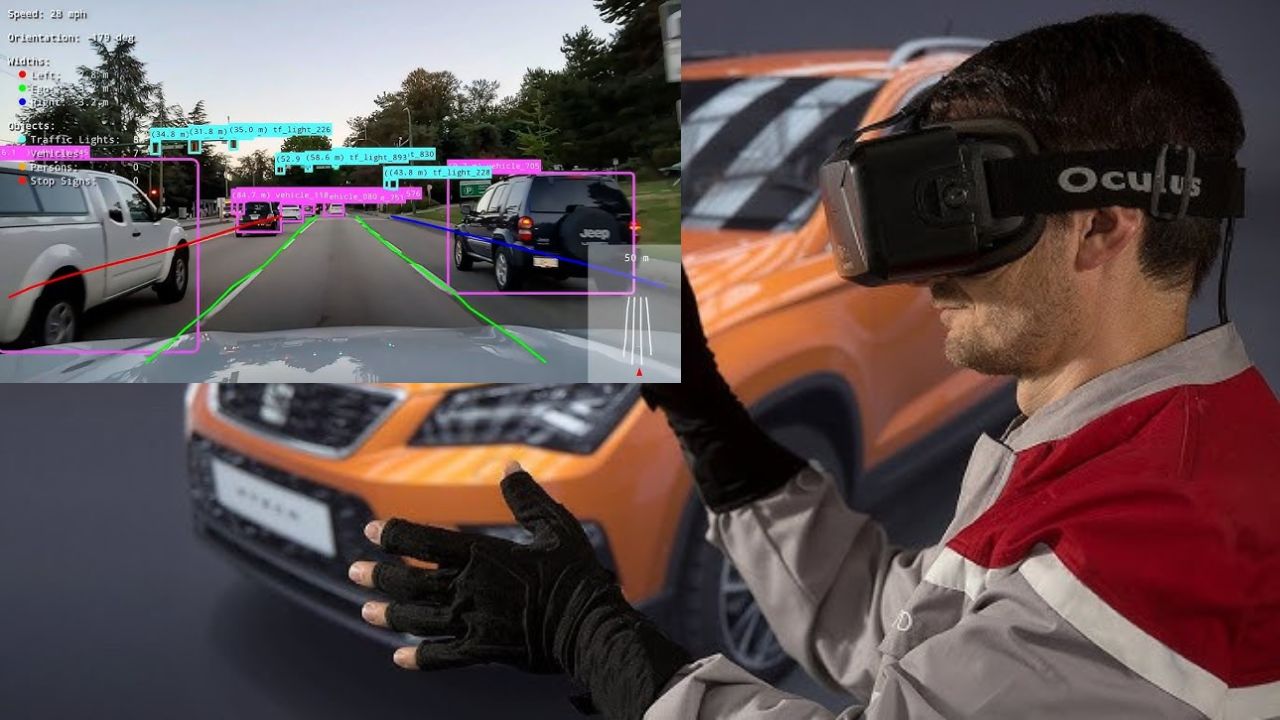
As technology continues to evolve, so too will the practice of car spotting. Emerging technologies such as augmented reality (AR) and virtual reality (VR) hold the potential to transform how enthusiasts engage with car spotting. AR applications could allow users to overlay digital information onto real-world car sightings, providing instant details about a vehicle’s history or specifications. VR could offer immersive experiences of car shows or events, accessible from the comfort of one’s home.
However, the increasing popularity of car spotting raises potential environmental and ethical considerations. The use of drones and the emphasis on capturing certain types of content could lead to concerns about privacy and environmental impact. As the community continues to grow, it becomes essential to balance enthusiasm with respect for both personal privacy and environmental preservation, ensuring that car spotting remains a sustainable and enjoyable activity.
The lasting impact of car spotting on the automotive industry and consumer behavior is likely to be significant. As enthusiasts share their passion for rare and exotic cars, they influence public perception and interest in specific brands and models. This can lead to shifts in consumer demand, encouraging manufacturers to innovate and produce vehicles that capture the imagination of car spotters and the wider public. Ultimately, car spotting is not just a hobby but a dynamic force shaping the future of car culture and the automotive industry.
Like Fast Lane Only’s content? Be sure to follow us.
Here’s more from us:
*Created with AI assistance and editor review.


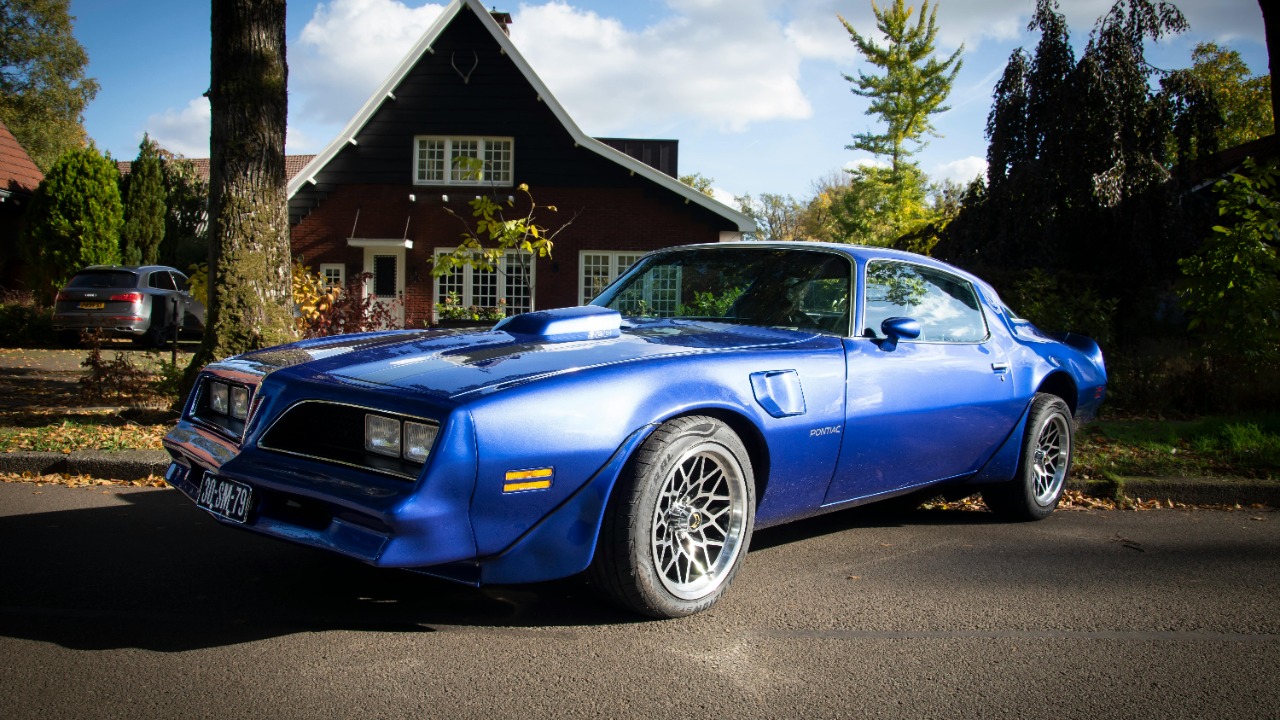
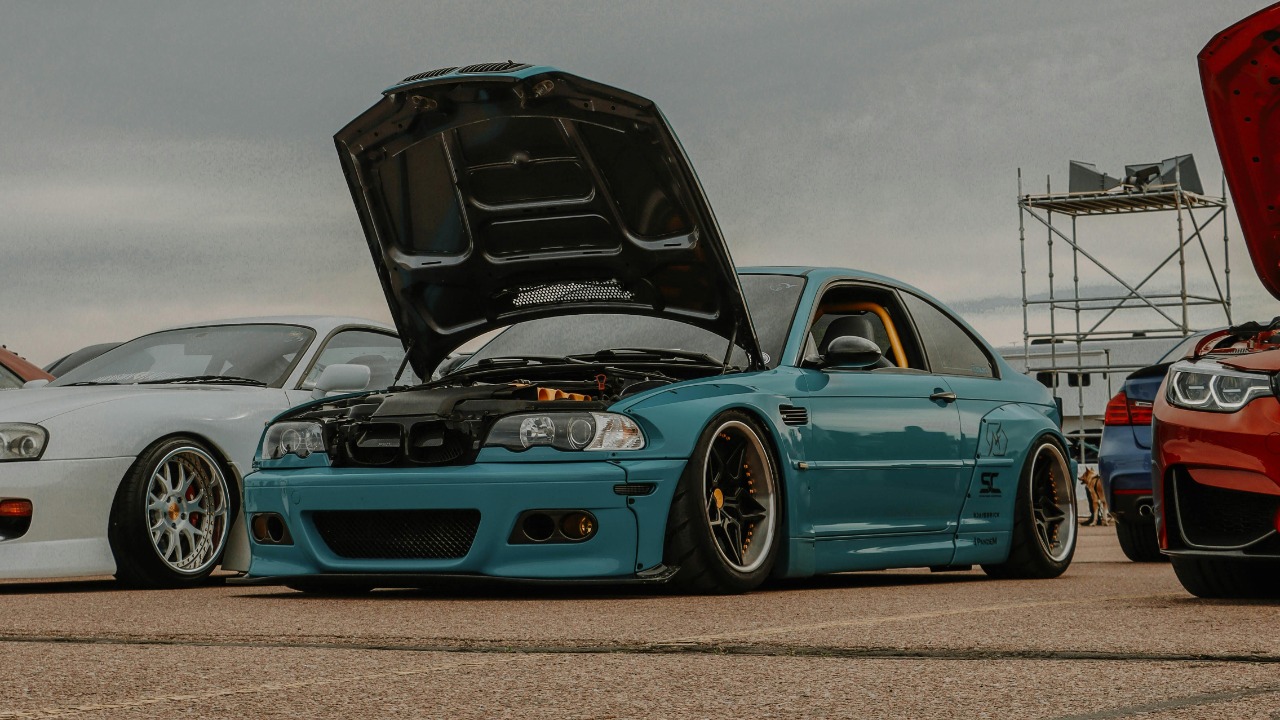

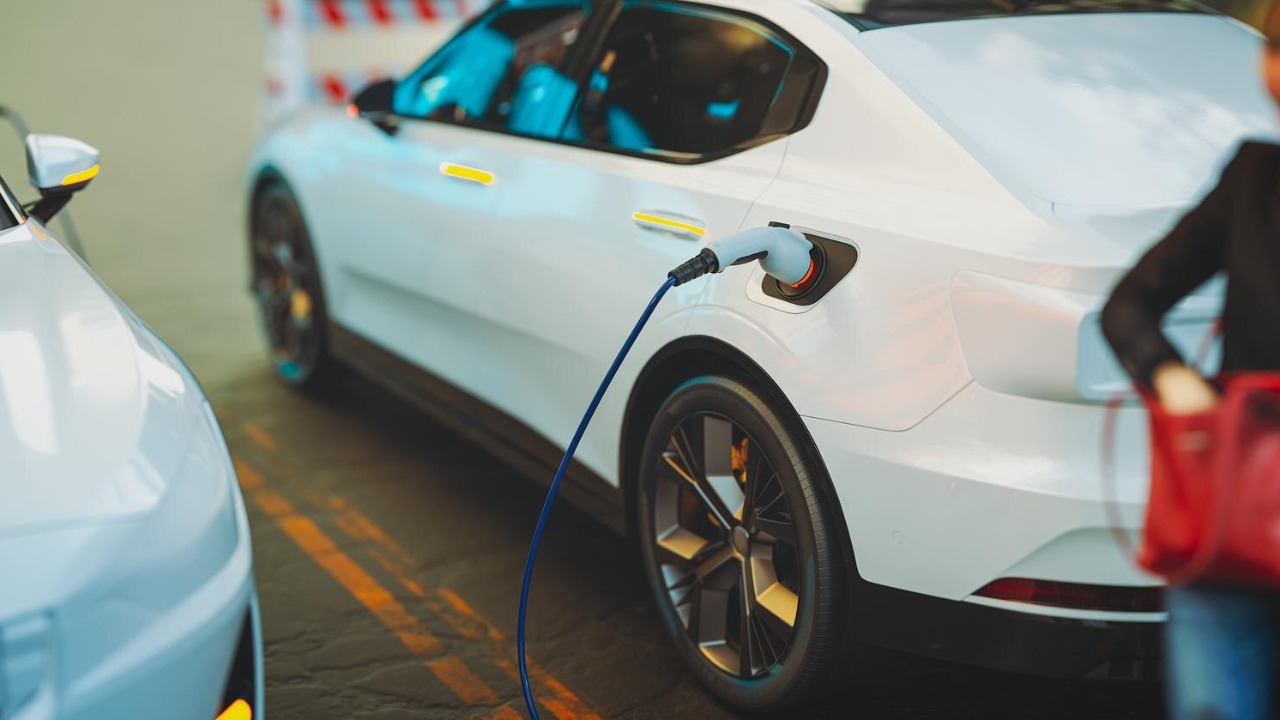
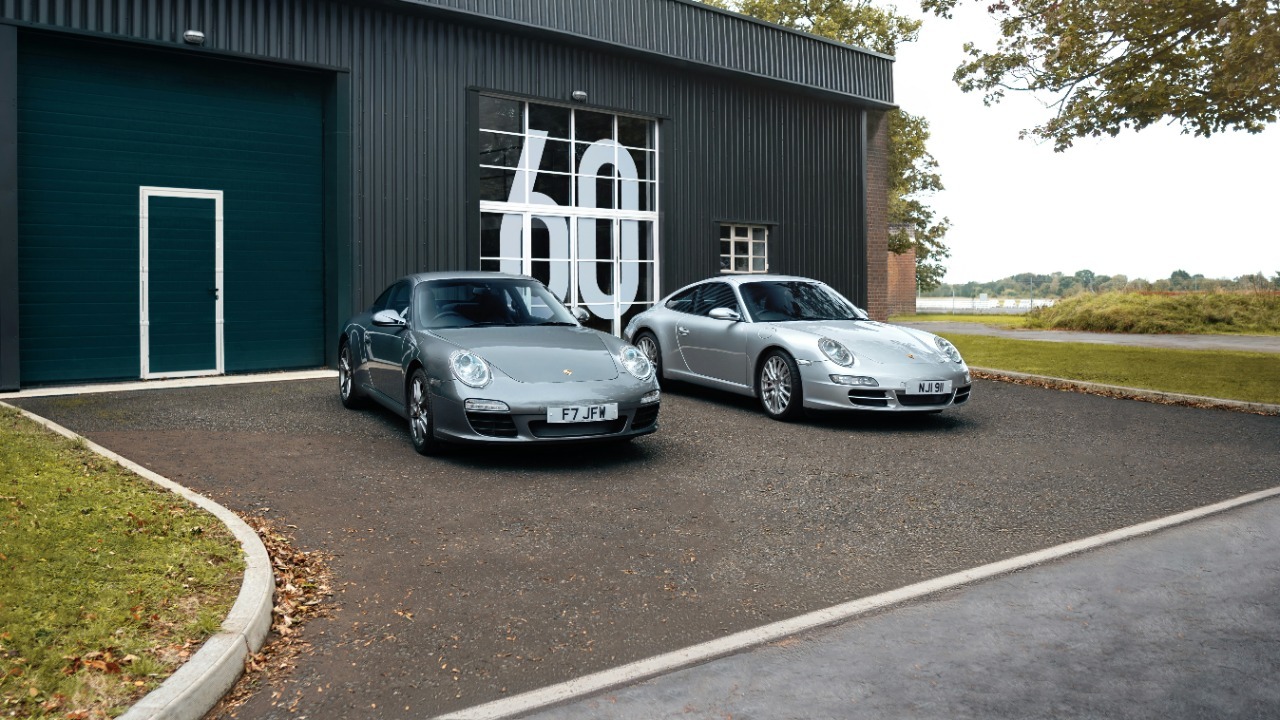
Leave a Reply